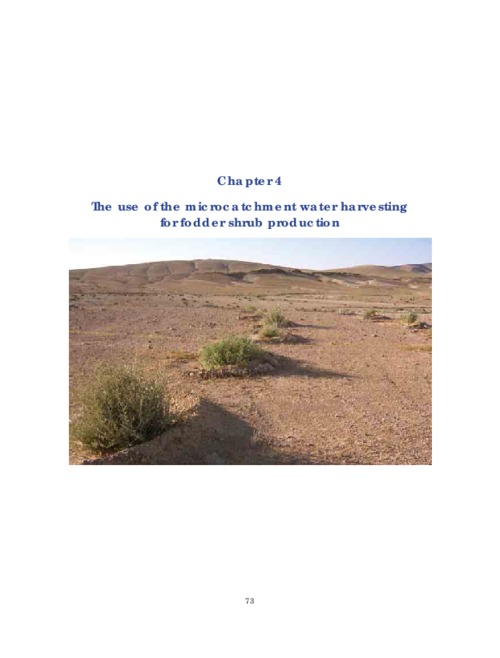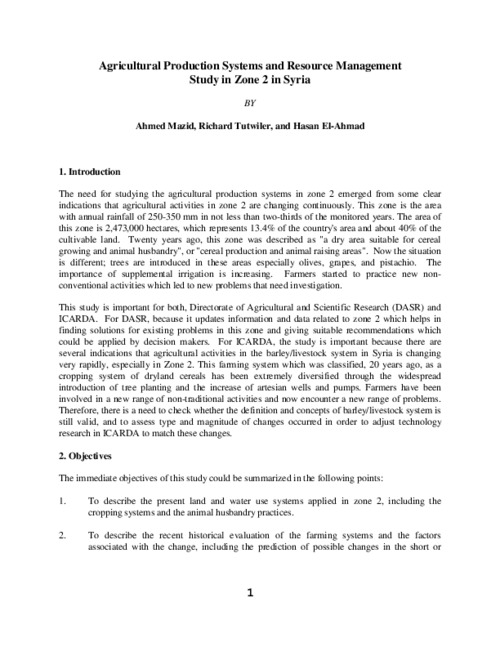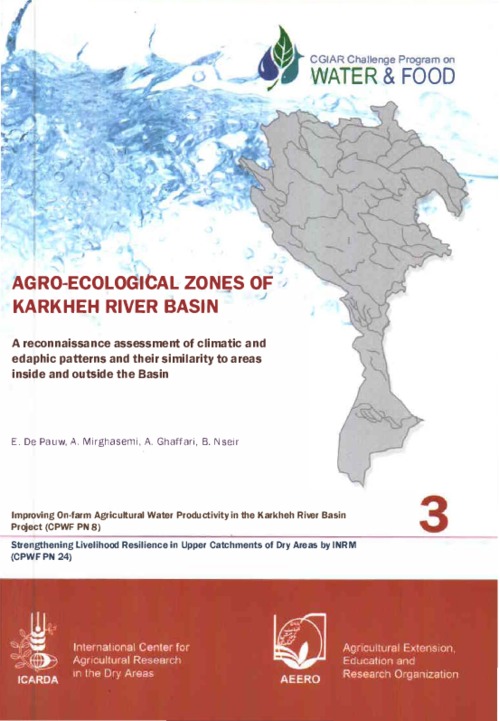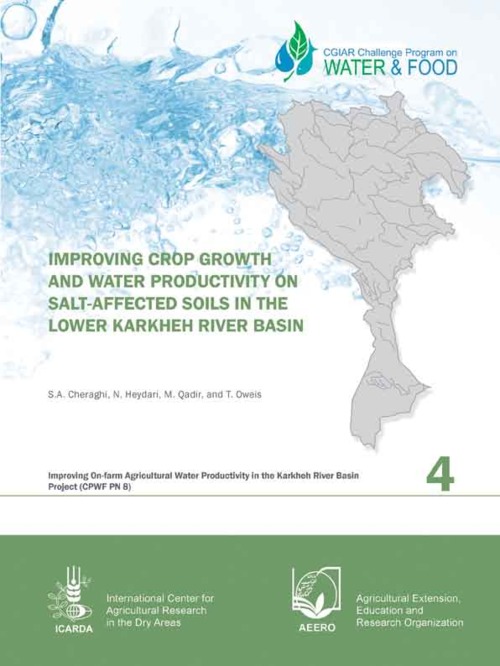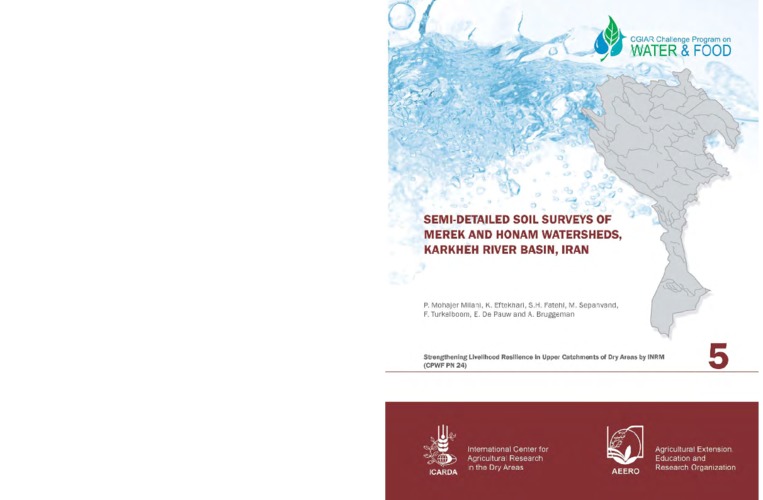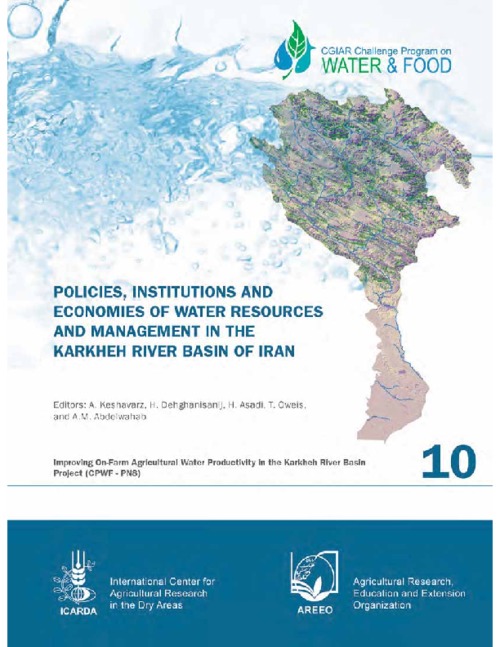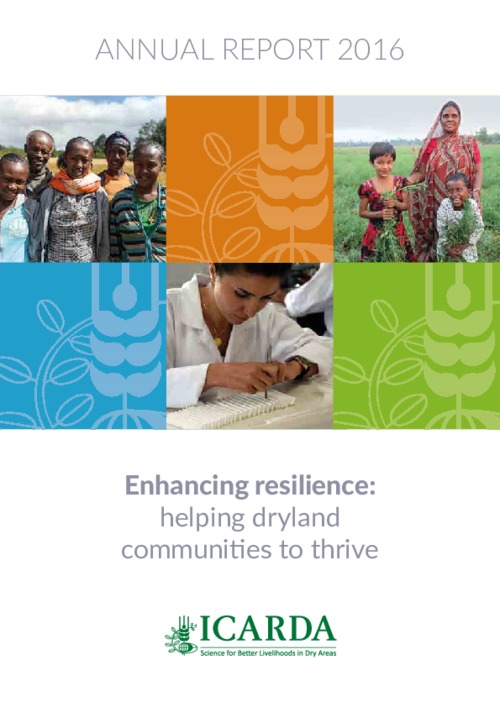The use of the microcatchment water harvesting for fodder shrub production
The Badia constitutes about 90% of the total land area of Jordan, which is 89 342 km2. Its average annual rainfall is < 200 mm. The area with annual rainfall of 100–200 mm is considered the promising rangeland for rehabilitation. The Badia (part of the rangeland) supplies the livestock sector with about 20% of forage needs, while all the other sources provide the sector with only about 5% of forage.

